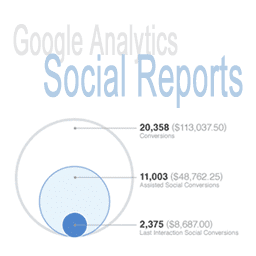Vine is Blowing Up for Brands – Why?
Vine is the latest social video marketing platform and it’s taking off like wildfire. CNET reports Vine has 40 million users. And this is even after Instagram decided to copy Vine’s short video concept and use it on its social photo site. Twitter hit the nail perfectly with its six-second, looped videos. And brands are…





